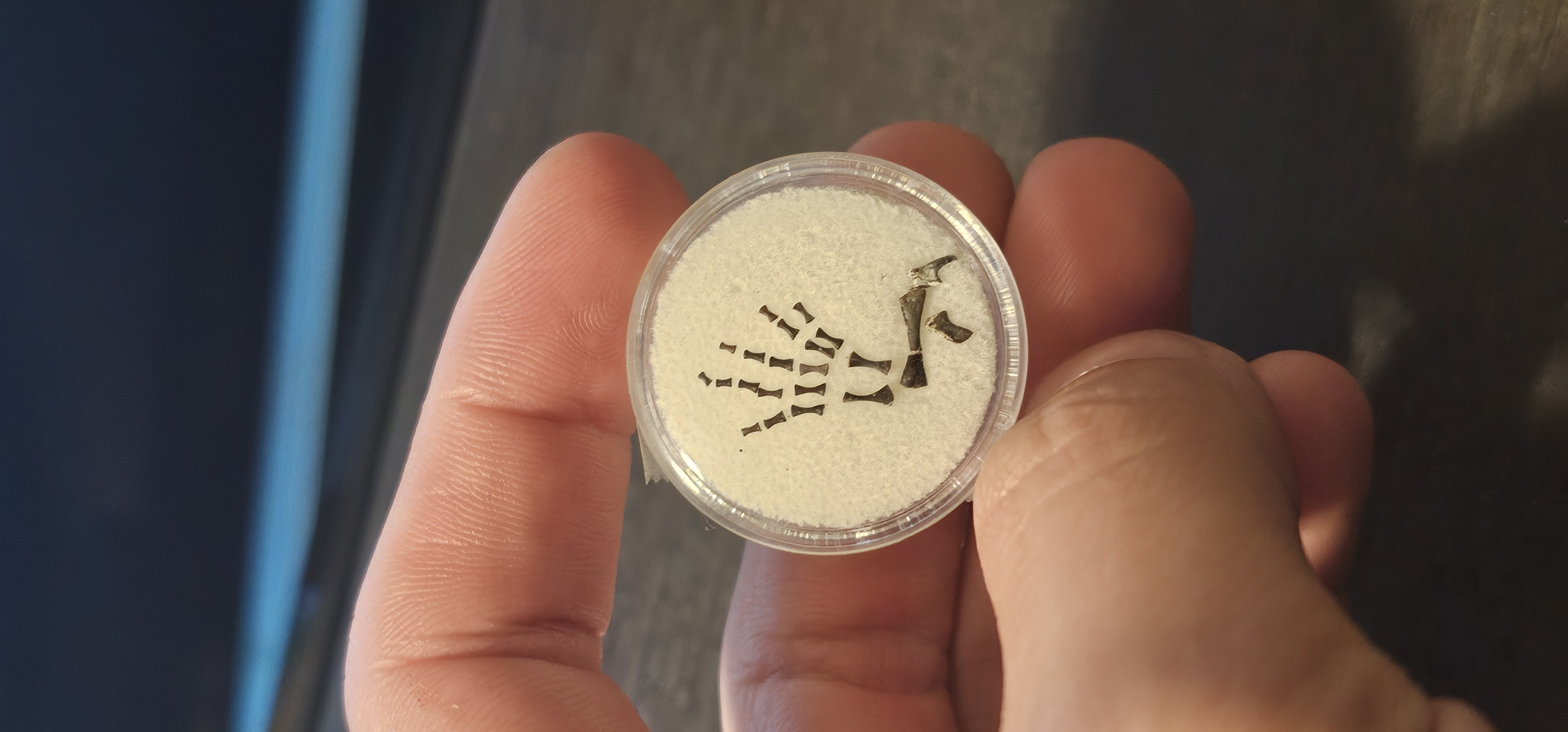
Microsaur Foot (Early Permian)
CA$169.99
Out of stock
Microsauria, a group of small, prehistoric amphibians, thrived during the Carboniferous and Permian periods, approximately 359 to 240 million years ago. These creatures were characterized by their distinct morphology, featuring elongated bodies and relatively short limbs, which aided in both terrestrial locomotion and aquatic navigation. Microsaurians exhibited a diverse range of sizes and adaptations, with some species being comparable to modern salamanders in appearance. Their habitat predominantly included lush, swampy environments where they could hunt for insects and other small invertebrates. The evolutionary significance of microsauria lies in their transitional features that provide insight into the evolutionary lineage leading to modern amphibians and reptiles. As they gradually adapted to terrestrial life, these small amphibians offer a crucial glimpse into the early stages of vertebrate evolution, showcasing the delicate interplay between aquatic and terrestrial ecosystems in a time long before the dinosaurs roamed the Earth.


